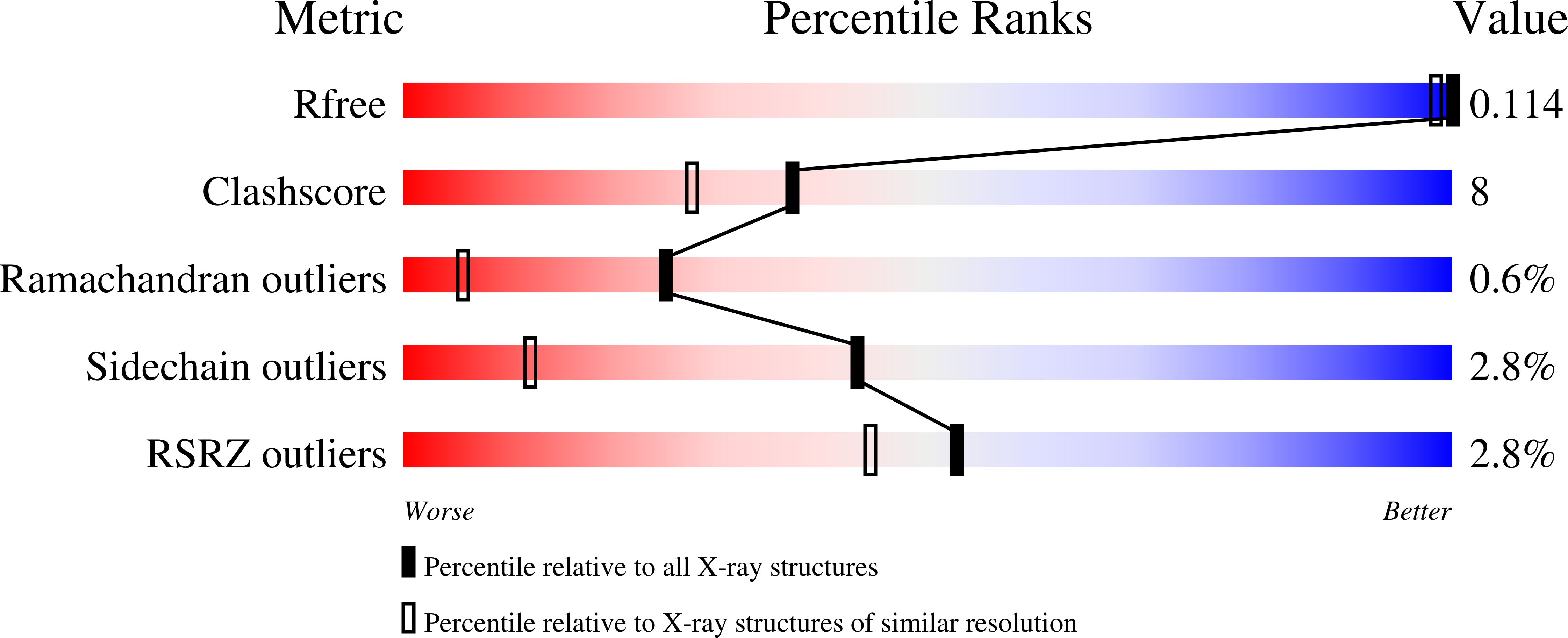Abstact
Structure of the Leu300Pro mutant of human aldose reductase (ALR2) in complex with the inhibitor fidarestat is determined. Comparison with the hALR2-fidarestat complex and the porcine aldehyde reductase (ALR1)-fidarestat complex indicates that the hydrogen bond between the Leu300 amino group of the wild-type and the exocyclic amide group of the inhibitor is the key determinant for the specificity of fidarestat for ALR2 over ALR1. Thermodynamic data also suggest an enthalpic contribution as the predominant difference in the binding energy between the aldose reductase mutant and the wild-type. An additional selectivity-determining feature is the difference in the interaction between the inhibitor and the side chain of Trp219, ordered in the present structure but disordered (corresponding Trp220) in the ALR1-fidarestat complex. Thus, the hydrogen bond (approximately 7 kJ/mol) corresponds to a 23-fold difference in inhibitor potency while the differences in the interactions between Trp219(ALR2) and fidarestat and between Trp220(ALR1) and fidarestat can account for an additional 10-fold difference in potency.



